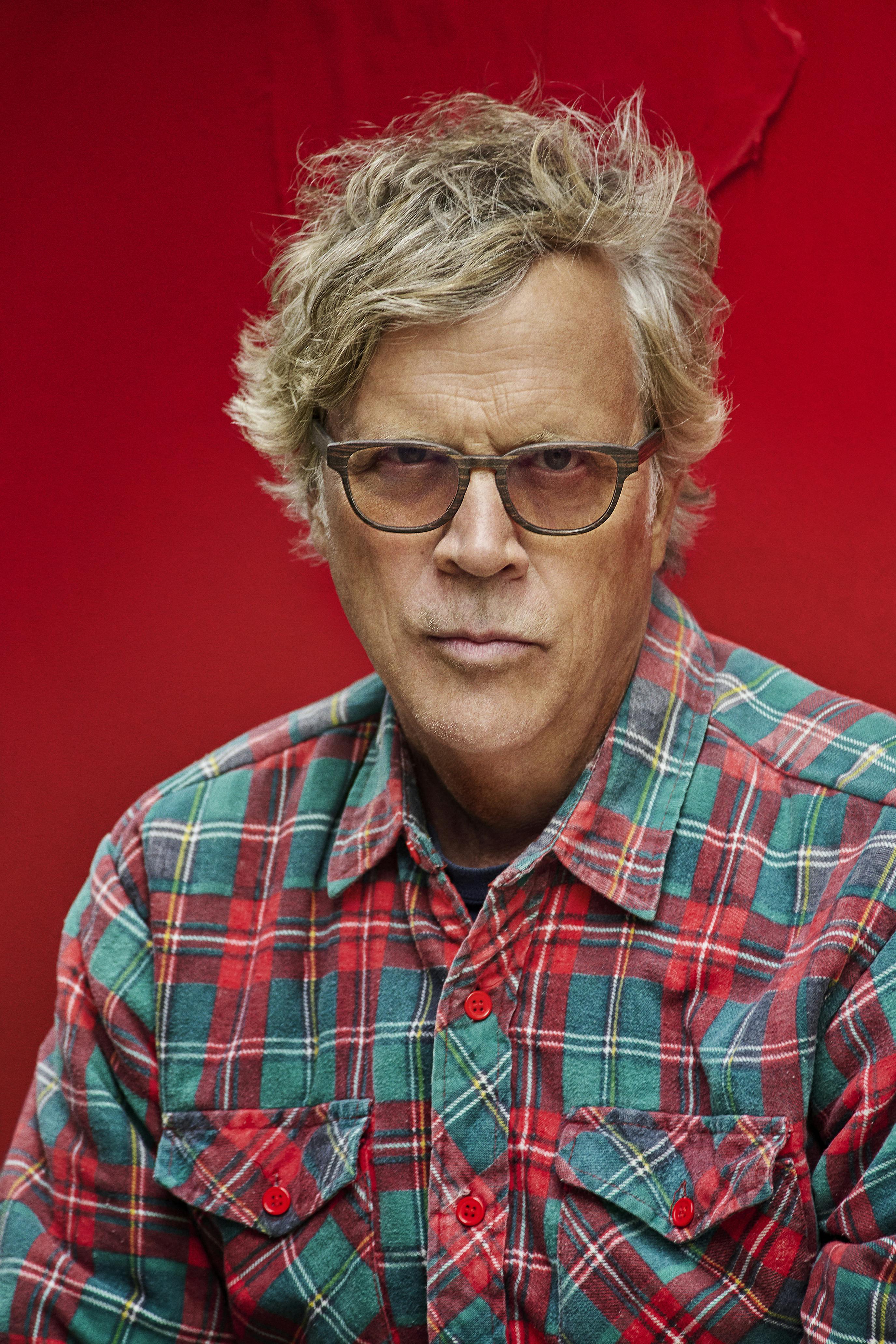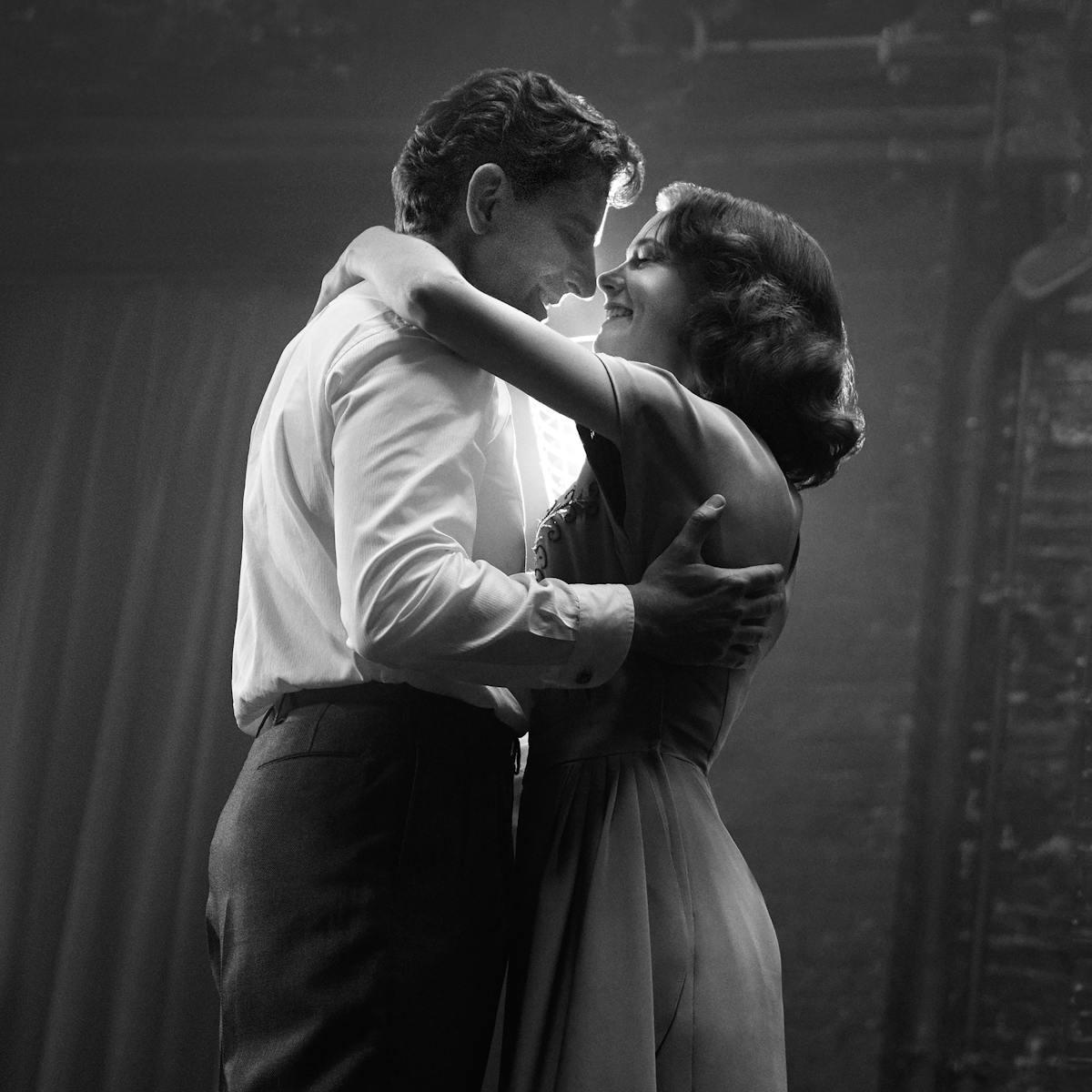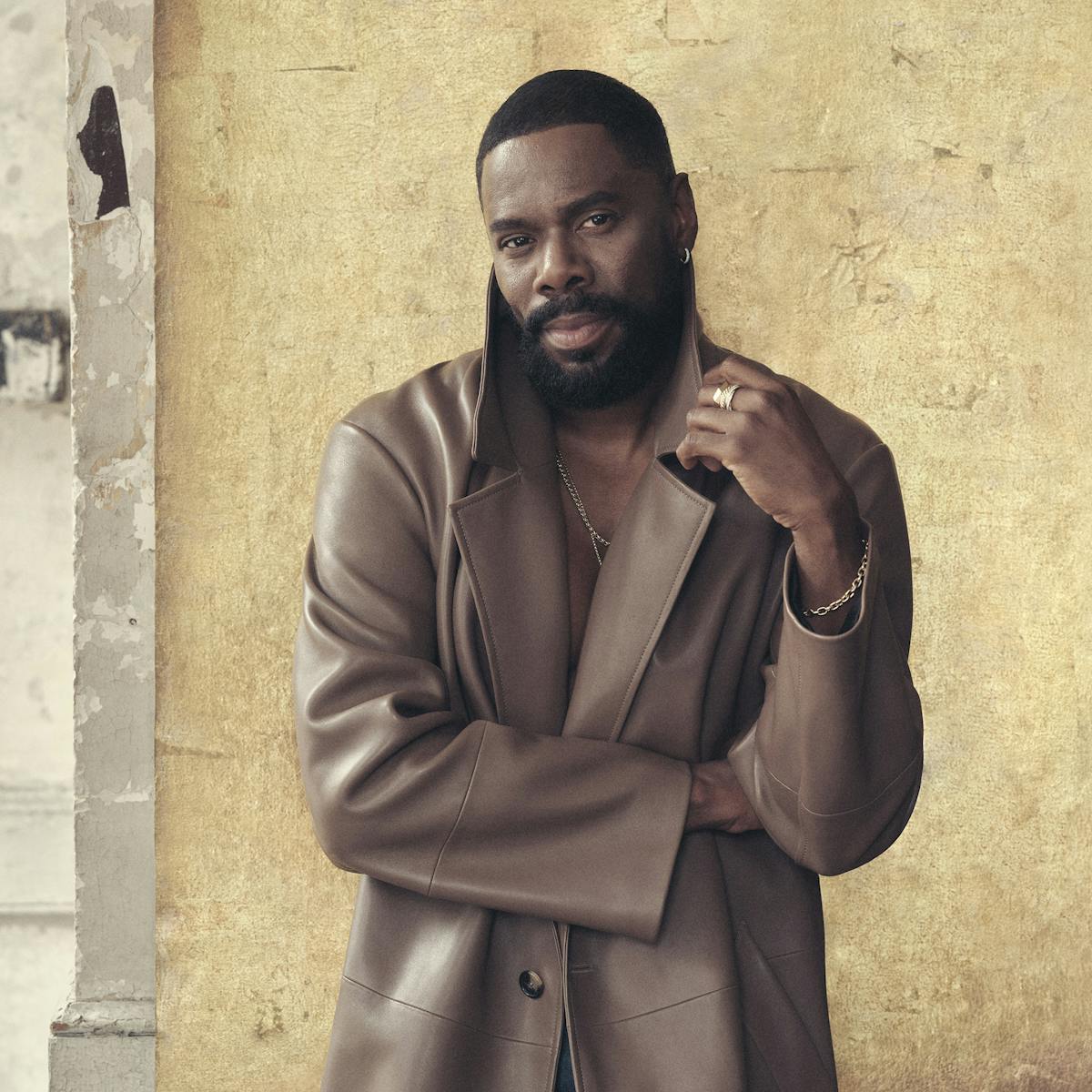Towards the middle of May December, a classroom of students ask actor Elizabeth (Natalie Portman) a series of questions about her profession; by the end of the film, those questions have been answered, in ways you might not expect. But it all starts, as the production of the film did, with some research and a few inspirations. For Elizabeth, that research means digging into the past and upending a marriage. For May December director Todd Haynes, it meant diving into his own cinematic influences. “What’s not shown [in] the frame is as important as what is shown [in] the frame,” Haynes says. Fortunately, there’s plenty to see in these frames.
May December centers on Elizabeth, a television star who visits Savannah, Georgia to conduct research for an upcoming role. Elizabeth will be playing Gracie (who, in May December, is played by Julianne Moore), a housewife who 20 years earlier was the center of a nationwide tabloid scandal when she was arrested for having an affair with Joe (Charles Melton), her teenage pet store co-worker. Now married with children, Gracie and Joe live a placid existence which is jolted by Elizabeth’s arrival. Soon enough, their complicated past invades the present, and Elizabeth and Gracie draw closer together in disturbing ways.
In Haynes’s production image book — a scrapbook of photographic references that inspired the look of May December — he also included the work of Tina Barney and Joel Meyerowitz. Barney’s images of domestic settings influenced Haynes’s depiction of Joe and Gracie’s home life, and Meyerowitz’s documentation of small-town America shaped the film’s setting. “There are images from my location photography from Savannah when we did our first scout in August of last year,” Haynes says of his own photos, which guided the visual language of the film. “It [had] such specificity. That kind of precipitation and foggy, milky, queasy light helped me and Chris Blauvelt, the director of photography, think of ways of filtering the whole film.”
Elsewhere, Haynes drew on the controlled framing and subtle humor of two other films about controversial relationships: Mike Nichols’s The Graduate and Woody Allen’s Manhattan. “The visual style and the narrative style of The Graduate reminds me in ways of the visual style of Manhattan,” Haynes says. “Even though they’re from different decades and one’s black and white and one’s color, they are both, in my mind, minimalist films in the way the camera depicts the storytelling.”
For Haynes, the films share a restraint that he sought to channel in May December. “If it had conventional coverage, the jokes and the kind of droll, sustained humor of [The Graduate] wouldn’t be the same,” he says. “And the same, I think, is true for Manhattan. Woody Allen and [cinematographer] Gordon Willis used the wide frame black-and-white format to allow whole scenes to play in single or maybe [one or] two shots at most, and allow characters to walk in and out of the frame as they talk.”
For a similarly restrained scene near the end of the film, Haynes returned to Bergman. “Really the first Bergman that came to mind wasn’t even Persona,” he says. “That final monologue of Natalie’s at the end of the film so knocked me down when I read the script the first time.” In realizing the scene onscreen, Haynes recalled a high school favorite of his: Bergman’s Winter Light.
In the scene, Portman-as-Elizabeth delivers a monologue directly to the camera, reading a letter Gracie wrote to Joe during their affair. “That particular scene and performance [in Winter Light] was so powerfully presented and clearly was about this remarkable actor, but it was also the direct address,” Haynes says. “And I just thought, Okay, this scene with Natalie’s character has to be shot like this. So how do we make that justified? Let’s go backward.” Backward through Manhattan, The Graduate, Persona, and even further to Sunset Boulevard and more. Like its characters, May December would be nothing without the past.












